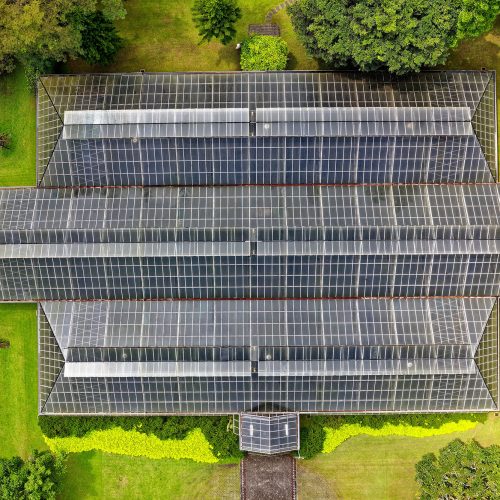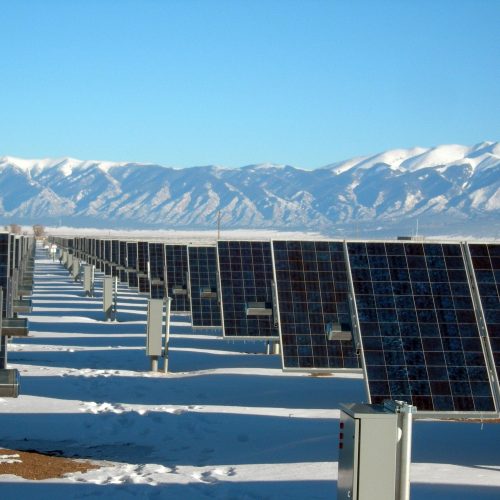Photovoltaics are created in a way that allows the absorption of solar radiation and a partial conversion of this energy into electricity. The whole process takes place without producing harmful byproducts such as radioactive waste or carbon dioxide (CO2).
Photovoltaics is a general concept characterizing the field of technology and science, which deals with the use of solar energy to convert sunlight into electricity. In other words, thanks to photovoltaics, we are able to convert solar radiation and generate electricity using a photovoltaic phenomenon. In addition, the term photovoltaic is used more and more often as a synonym for photovoltaic panels (photovoltaic).
Currently, photovoltaic is not only used in industry (road signs and billboards), but also in private homes.
Photovoltaic panels are often confused with solar collectors. Although both systems use solar energy and are similar to the way they look and install, they convert energy in two different ways. Photovoltaic technology deals with the processing of solar radiation primarily on electricity, while solar collectors use solar radiation to produce heat.
Photovoltaic panels are more universal – the electricity they produce can be used in many different ways.
In the case of a photovoltaic panel, it is not the air temperature that affects the operation of the module (as in the case of solar collectors), and the conditions of insolation.
Photovoltaics can even reverse the process and produce more electricity from cold modules illuminated by a stream of light, making photovoltaic systems equally effective in the winter.
75% of energy from photovoltaic solar energy is produced in Poland in the first half of the year from April to September.
PV
This is one of the most powerful sources of energy – the amount of solar energy that reaches annually to the surface of the earth in the form of light is 1.5×1018 kWh (kilowatt hours).
Photovoltaics are photovoltaic panels. One photovoltaic panel consists of many links connected to each other. The main raw material from which photovoltaic cells are produced is a crystalline silicon wafer. Photovoltaic panels installed and connected to each other are installed on the roof. Such modules convert solar energy into electricity. Roof installation system of photovoltaic panels ensures stability and resistance to all kinds of loads.
It is also possible to install photovoltaic panels on the ground. Such systems, however, may have a lower efficiency because they are not as exposed to solar energy as roof panels and can get dirty more often. Photovoltaic modules are connected, with the use of electrical protection, to inverters (inverters), which convert electrical energy into electricity with the parameters of the power grid.
We distinguish 2 types of photovoltaic installations:
- photovoltaic plugged to the grid (on grid) – directs all the generated energy to the power grid. The owner of the installation later uses the energy of the electricity network for free, if he consumes the energy he created himself (the amount of energy produced depends on our needs and the size of the solar installation). It is also possible to sell unused, produced electricity to the grid. Such photovoltaic installations require very high quality components to get the most out of the entire installation.
- independent grid (off grid) – operates independently of the public power grid. The owner of the installation produces its own electricity, stores it in the batteries and solar system batteries and delivers it directly to electrical devices.
</ Ul>
Advantages
- low operating costs – photovoltaics use semiconductor technology, have no moving parts and are extremely easy to build and install, therefore solar systems are almost maintenance-free
- long warranty period – up to 25 years;
- zero emissivity – they do not emit harmful compounds, greenhouse gases or carbon dioxide during energy production;
- financial benefits – return on investment is around 7 years for companies and 8 years for private owners;
- return on investment – energy return of photovoltaic installation (time after which energy produced by the system exceeds the energy needed to produce photovoltaic components) is about 2 -3 years;
- full use of available energy – photovoltaic panels use the energy not only of direct radiation, but also reflected and dispersed on a cloudy day
Disadvantages
- none






